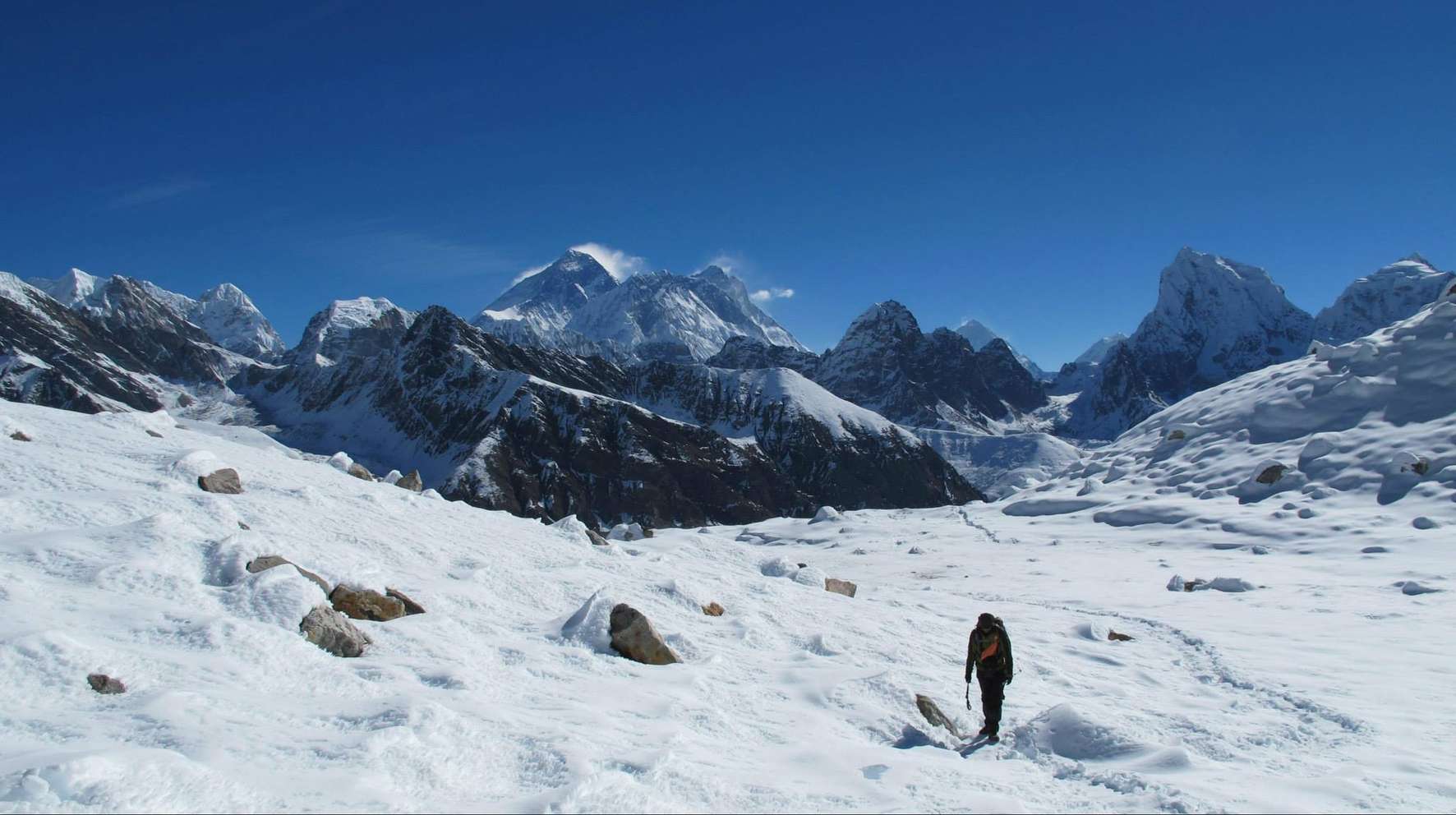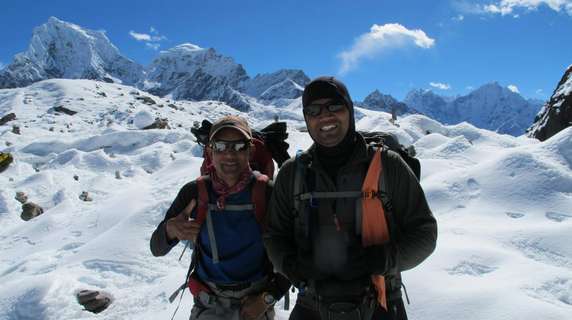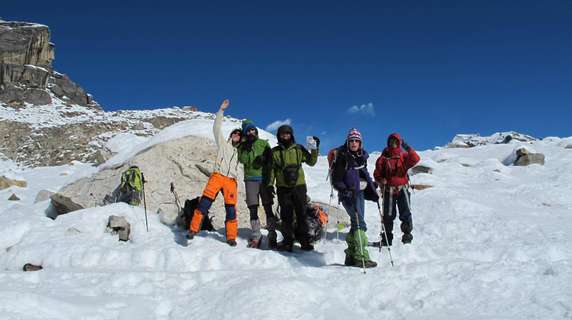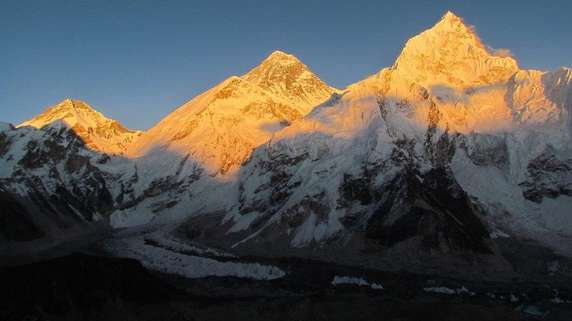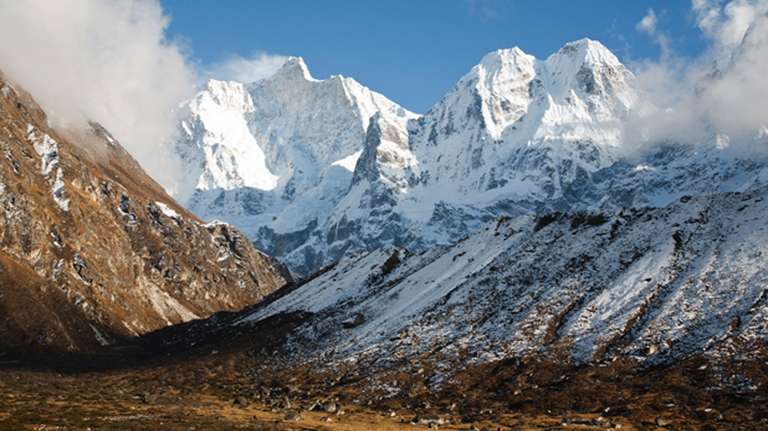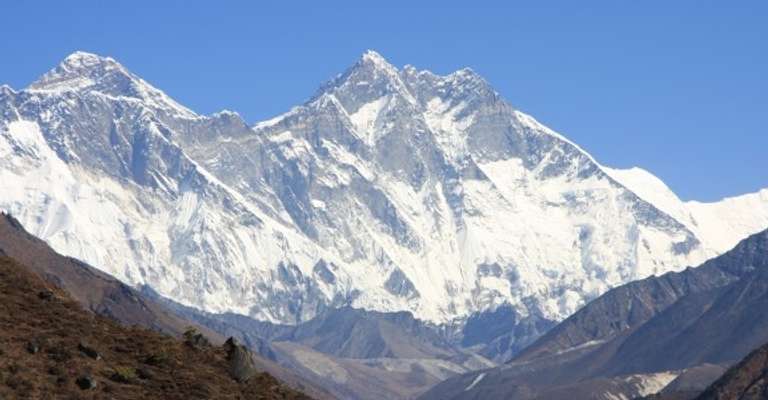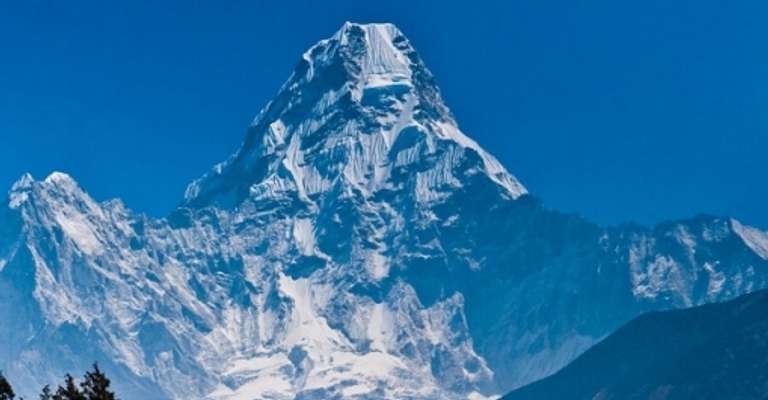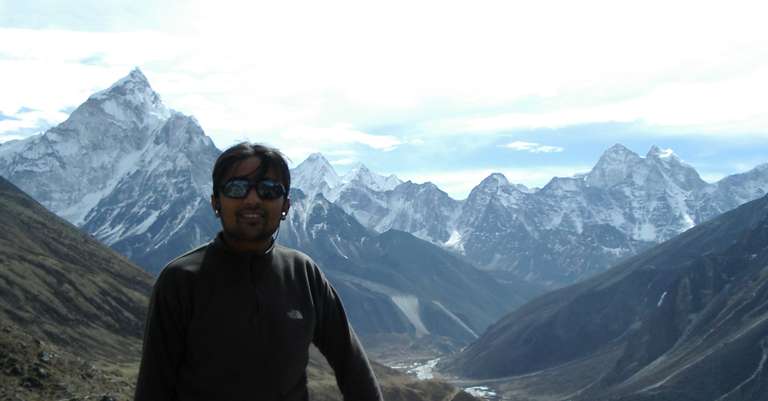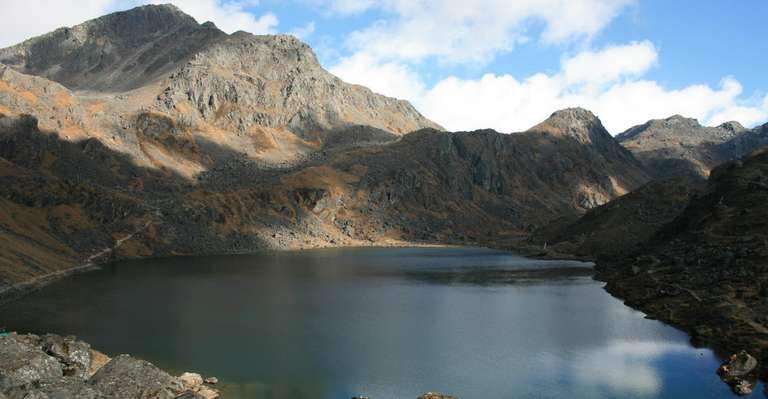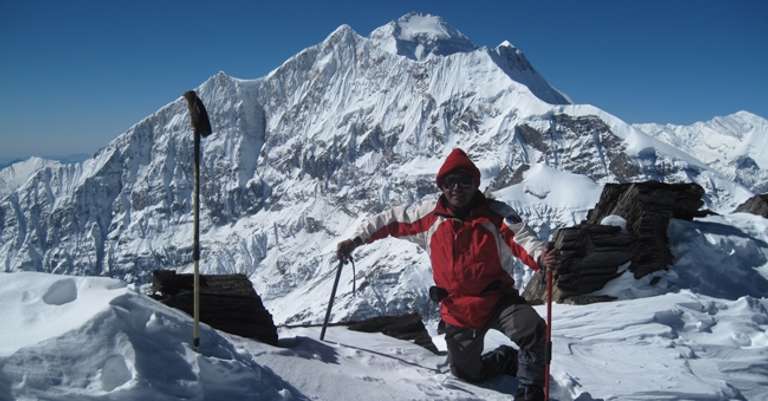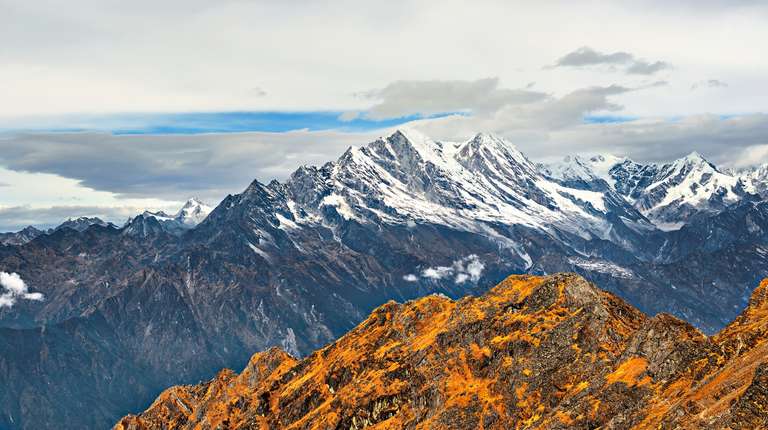Highlights
Explore Sherpa museum and Saturday market in Namche Bazar.
Panoramic view from National park head quarters and from the Everest view hotel.
Experience Sherpa culture and glance of Yeti head in Khumjung village.
Visit Tengboche monastery, Sunrise view from Kalapathar and Gokyo Ri.
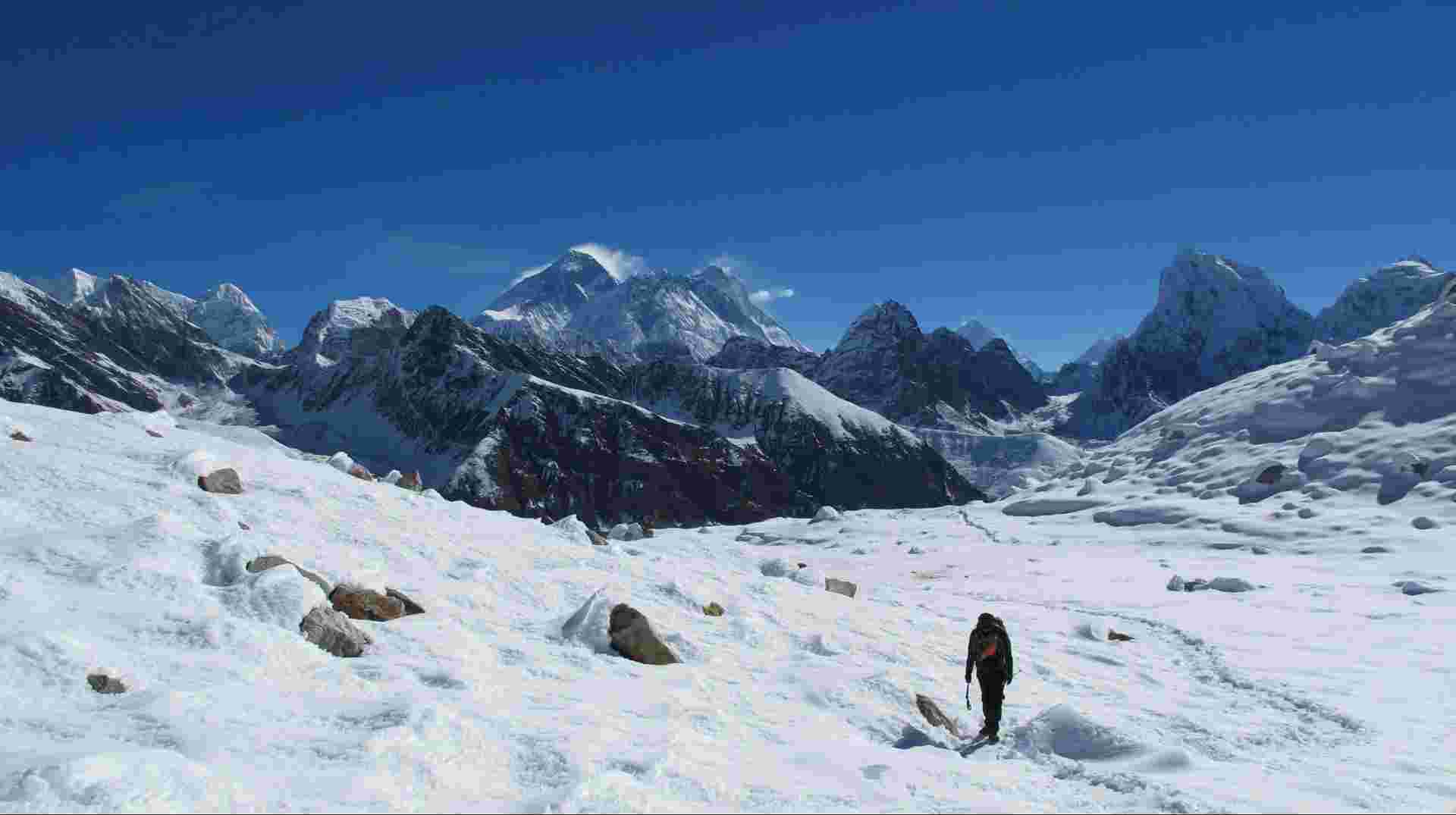
Get Trip Brochure & Exclusive Discount
Download a detailed PDF brochure and unlock an exclusive discount for this tour
Tour Availability
Select your preferred departure date and secure your spot
Loading availability...
Monthly Price Comparison
Good to Know
Frequently asked questions
Frequently asked questions relating to this tour or destination.
Do you need help from our trip consultants?
If you have any question about this tour or need help with planning a trip, please do not hesitate to get in touch with us.
Our travel experts are ready to help.
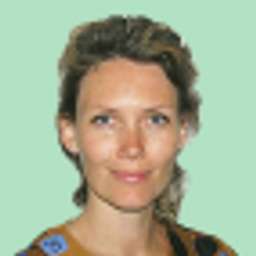

Why Book with Bookmundi
Earn USD 51+ in travel credits.
Best price guaranteed.
No credit card or booking fees.
100% financial protection.
Carbon neutral tours.
25,000+ trip reviews, with an average rating of 4.8 out of 5.
